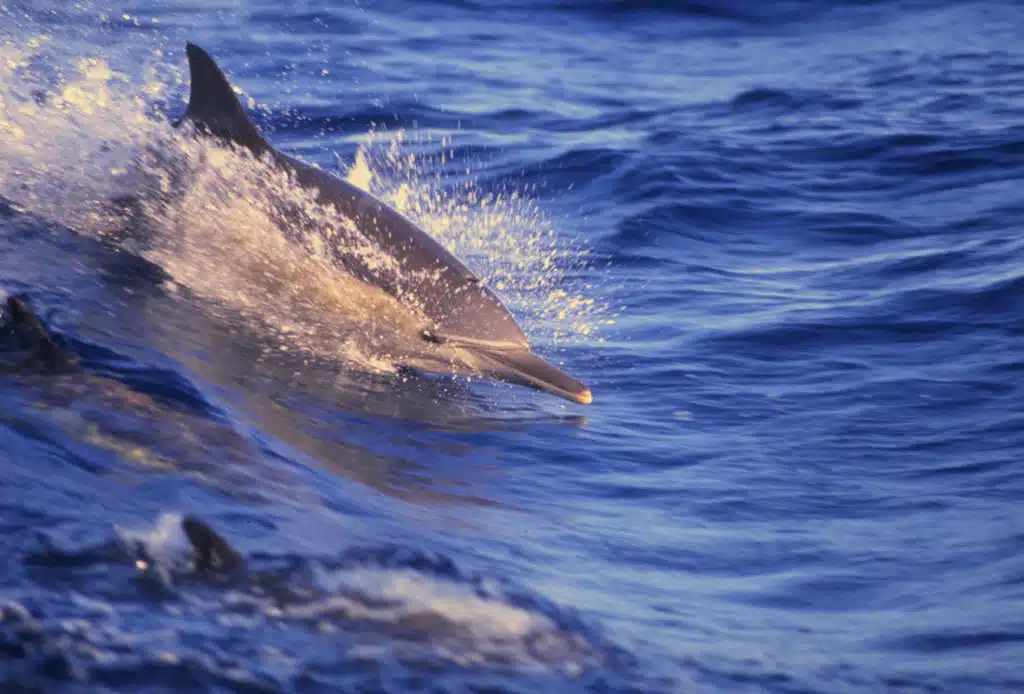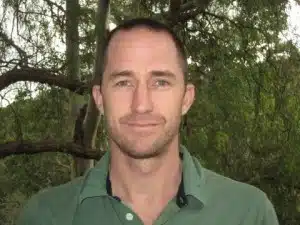A Sydney scientist has identified a second ‘off-switch’ for El Niño, which helps govern Australia’s cycles of drought and floods with the help of La Niña.
Dr Shayne McGregor, of the University of New South Wales, has discovered that a surface wind shift that occurs during El Niño is the other off-switch for the event, allowing climatologists to get a better indication of when El Niño events and their rainfall impacts will finish.
“Prior to this, we had a basic understanding of these El Niño and La Niña events and what was thought to be their only off switch,” says Shayne, a postdoctoral fellow at UNSW Climate Change Research Centre.
“However, this single off-switch could not explain why El Niño events would normally peak in summer and finish in the following autumn while La Niña events lasted much longer,” he says.
Shayne says during an El Niño event the surface winds shift southwards in summer and this shift is the second off-switch. Its occurrence during summer explains why El Niño events tend to peak during these months, while La Niña, with only one off switch, lasts longer.
“This means that El Niño events have two off-switches working together, while La Niña events only have the one switch,” he says. “Now that we know what this second off-switch is we can monitor it to get a better indication of when El Niño events and their rainfall impacts will finish.”
Shayne McGregor, Climate Change Research Centre, University of New South Wales






 Fresh Science is on hold for 2022. We will be back in 2023.
Fresh Science is on hold for 2022. We will be back in 2023.